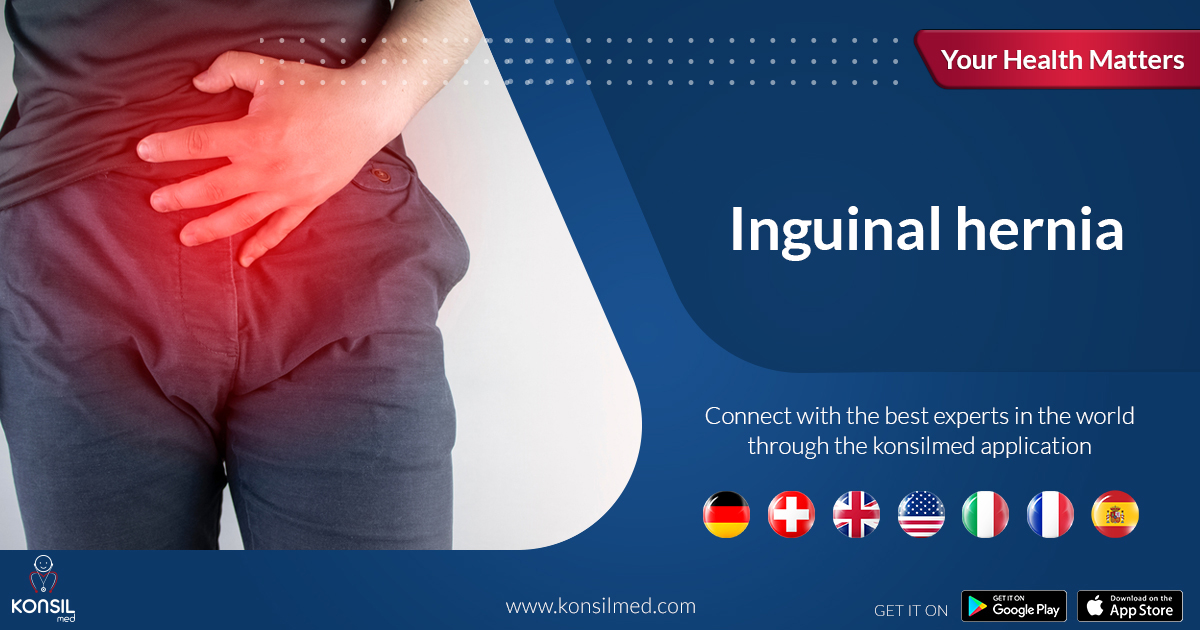
Testicular hernia is one of the names of an inguinal hernia, and an inguinal hernia usually occurs in the lower abdomen near the pubis as a result of pressure on the intestine or some fatty tissue, which causes it to come out of its place, or as a result of weakness in the abdominal muscles.
Types of inguinal hernia
There are several types of inguinal hernia, or what is called testicular hernia, the most important of which are as follows:
1. Indirect inguinal hernia
This type of inguinal hernia is one of the most common types, and is often affected by babies who were born prematurely.
It is also possible for a hernia to arise at any stage of the affected person's life, and this condition is more common in males in particular.
2. Direct inguinal hernia
This type of inguinal hernia often occurs in adults as they age, especially in males, and this is often a result of the general weakness that affects the muscles with age.
3. Incarcerated inguinal hernia
This type of testicular hernia occurs when tissue becomes stuck in the pubic area and cannot be returned to its place with light procedures or touch.
4. Strangulated inguinal hernia
Strangulated inguinal hernia is one of the dangerous types of inguinal hernia. It occurs when the hernia causes the blood to completely cut off part of the intestine. This type is considered an emergency and requires serious care and immediate treatment.
Symptoms of inguinal hernia and testicular hernia:
The inguinal hernia is clearly visible, and is usually in the form of a group of protrusions extending along the pubic area. This type of hernia may be painful, especially when touched.
The following are the other most prominent symptoms related to testicular hernia and inguinal hernia:
*Pain when coughing, exercising, or bending.
*A burning feeling.
*A sharp feeling of sudden pain.
*A feeling of heaviness in the pubic area.
*Swelling in the scrotum in men.
Causes of inguinal hernia
There is no specific cause for inguinal hernia, which may develop into testicular hernia, but there are some factors that may increase the chances of infection, the most important of which are as follows:
*Genes and heredity.
*Previous inguinal hernia.
*Gender, as inguinal hernia is more common among males than females.
*Premature birth.
*Overweight or obesity.
*Pregnancy in women.
*Chronic cough.
*Chronic constipation.
*Cystic fibrosis.
Diagnosis and treatment of inguinal hernia and testicular hernia:
The doctor usually resorts to performing a manual physical examination to diagnose an inguinal hernia or to diagnose a testicular hernia, whereby an attempt is made to push the protruding tissue into place. If this does not work, this may mean that the patient has a serious hernia that requires urgent surgery.
The following are generally offered treatment options:
*Open surgery.
*Laparoscopic surgery.
It is preferable to resort to laparoscopic surgery if the patient wants a faster recovery period, but the chances of developing an inguinal hernia again after laparoscopic treatment are higher than when performing open surgery.
The doctor will often advise the patient to try to eat foods rich in fiber, which will reduce the chances of constipation, as constipation when suffering from an inguinal hernia may make its symptoms more painful.
Methods of preventing inguinal hernia and testicular hernia:
Although there are certainly no effective ways to protect against an inguinal hernia before it occurs, there are some things that can be done to reduce the chances of the hernia returning again or to reduce its severity, the most important of which are:
*Maintain a healthy weight.
*Follow a diet rich in fiber.
*Quit Smoking.
*Refrain from lifting weights or heavy objects in general.
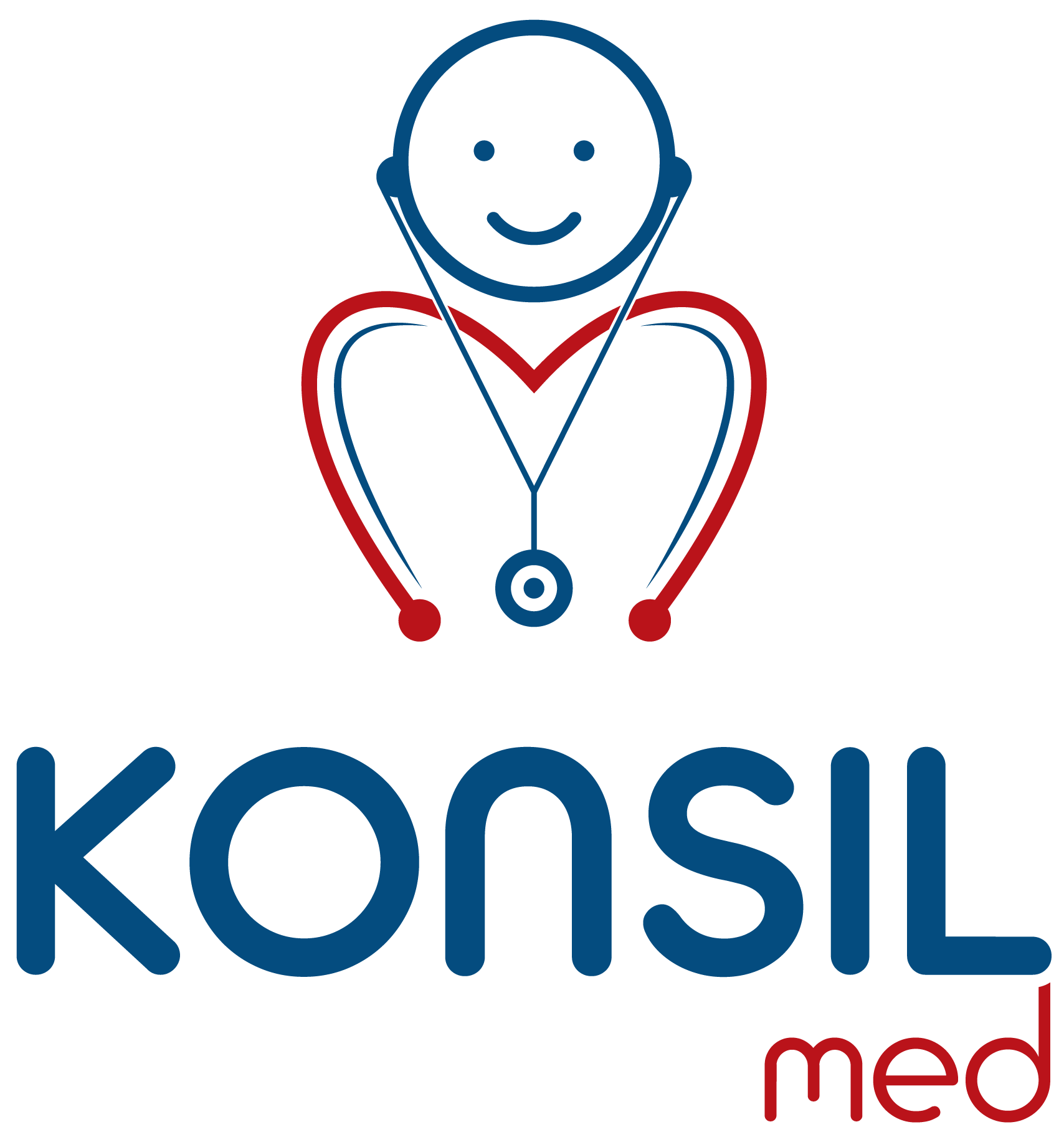




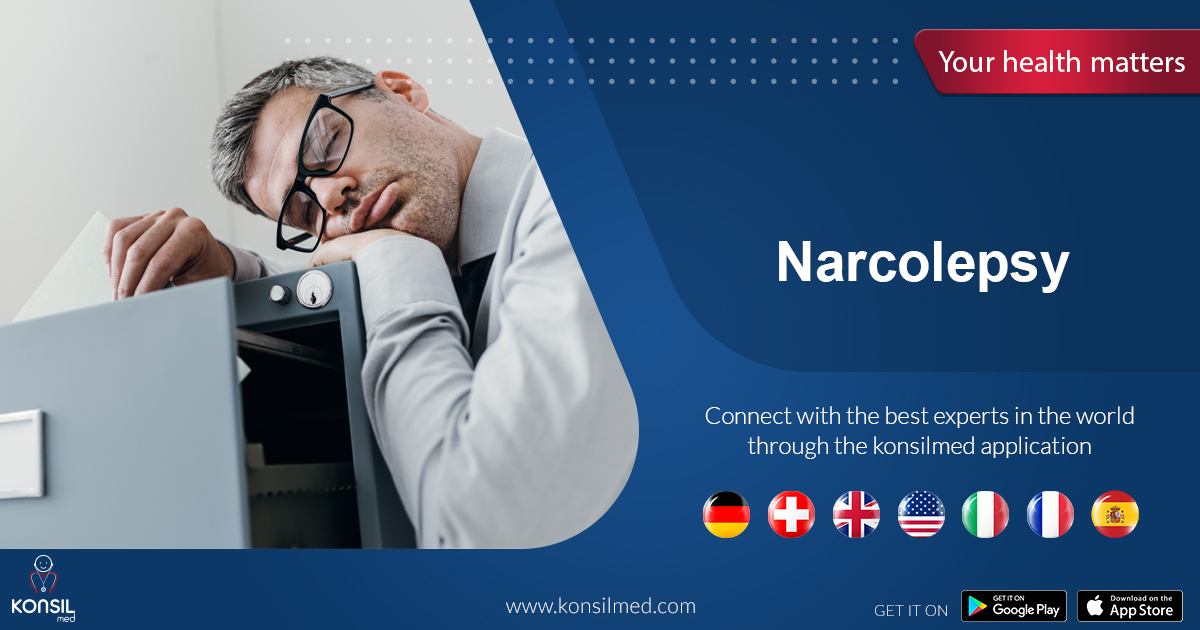
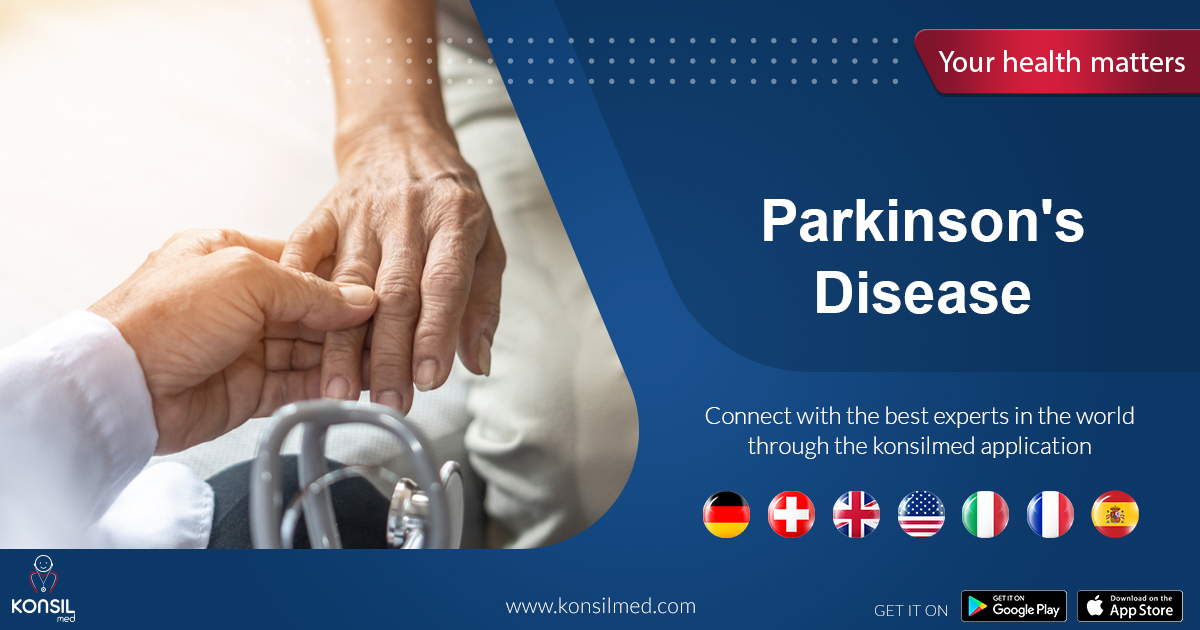
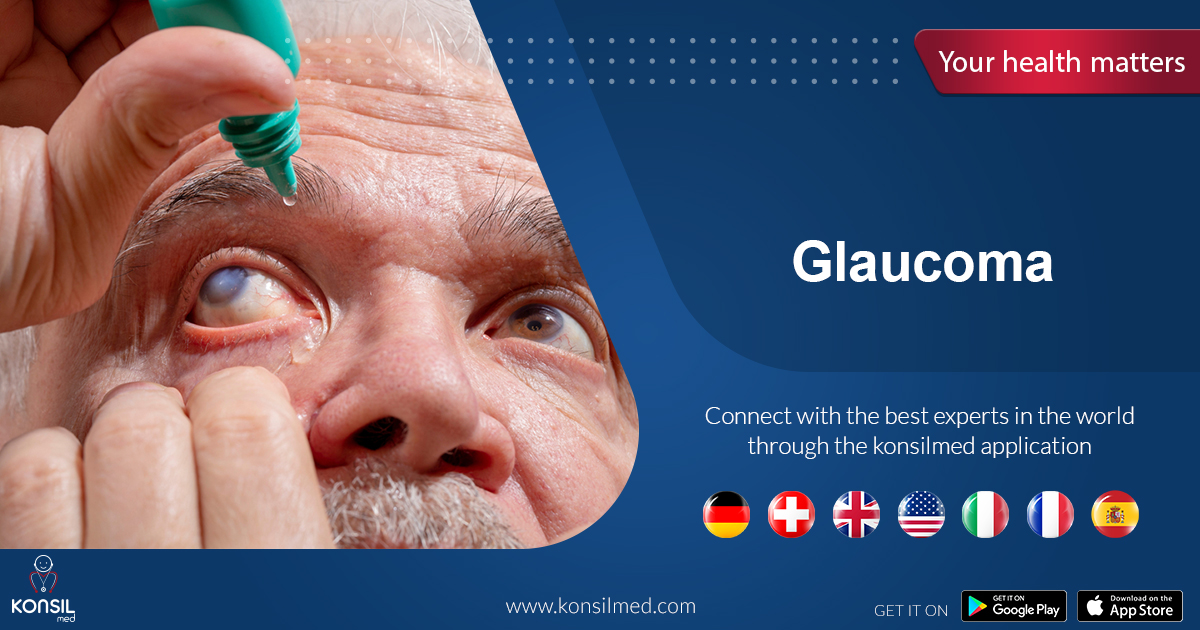
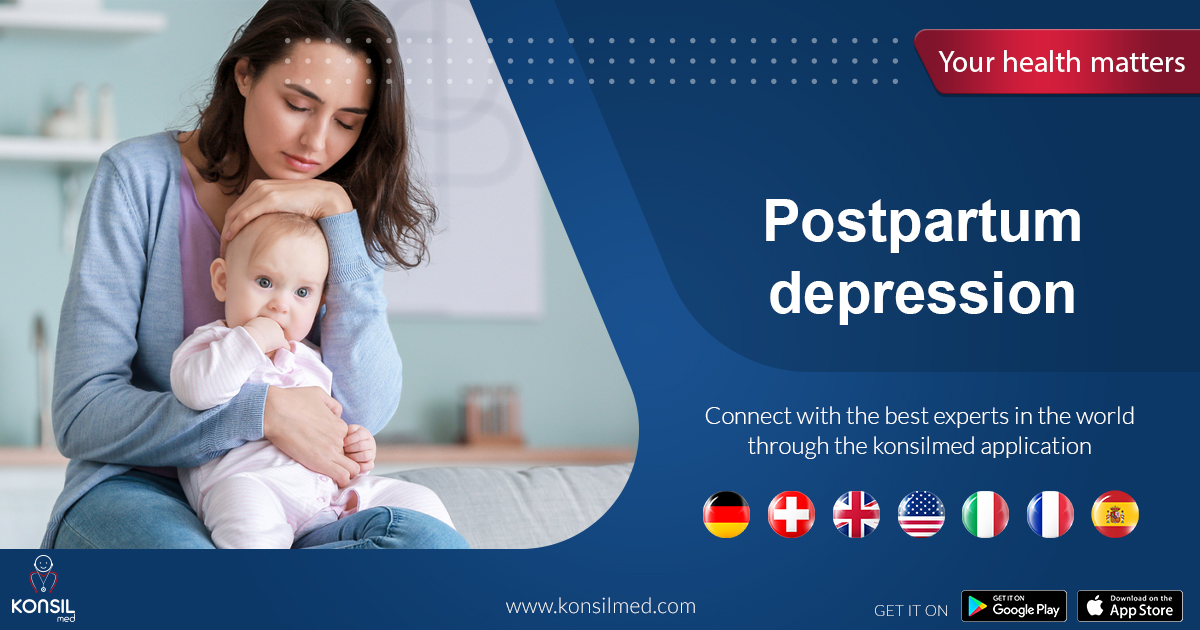
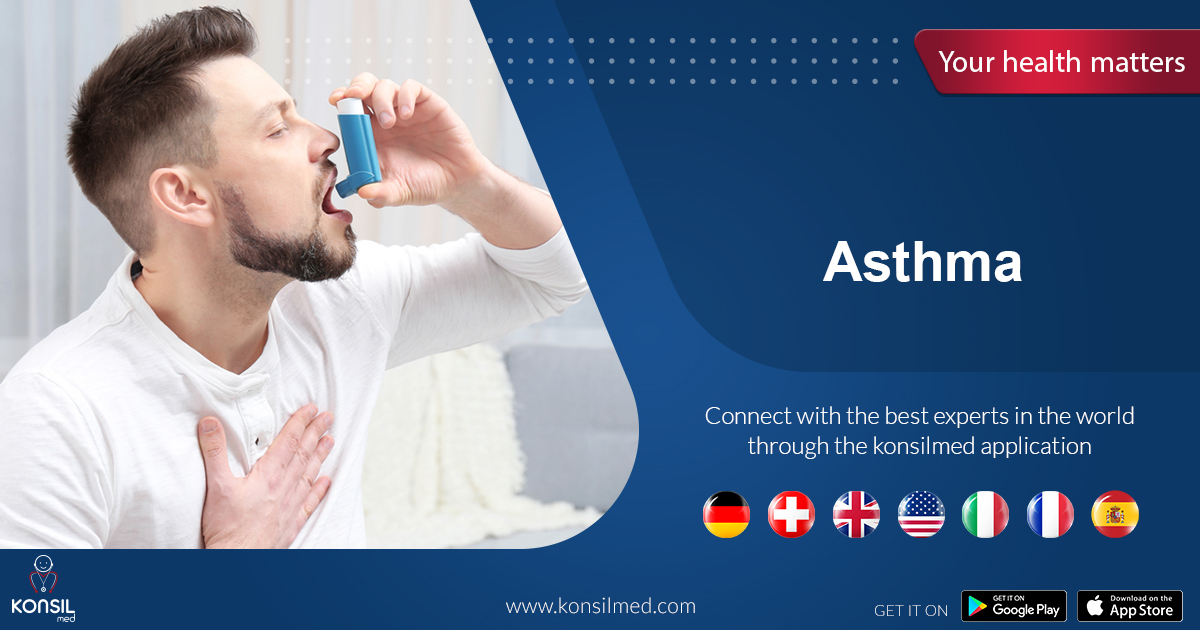
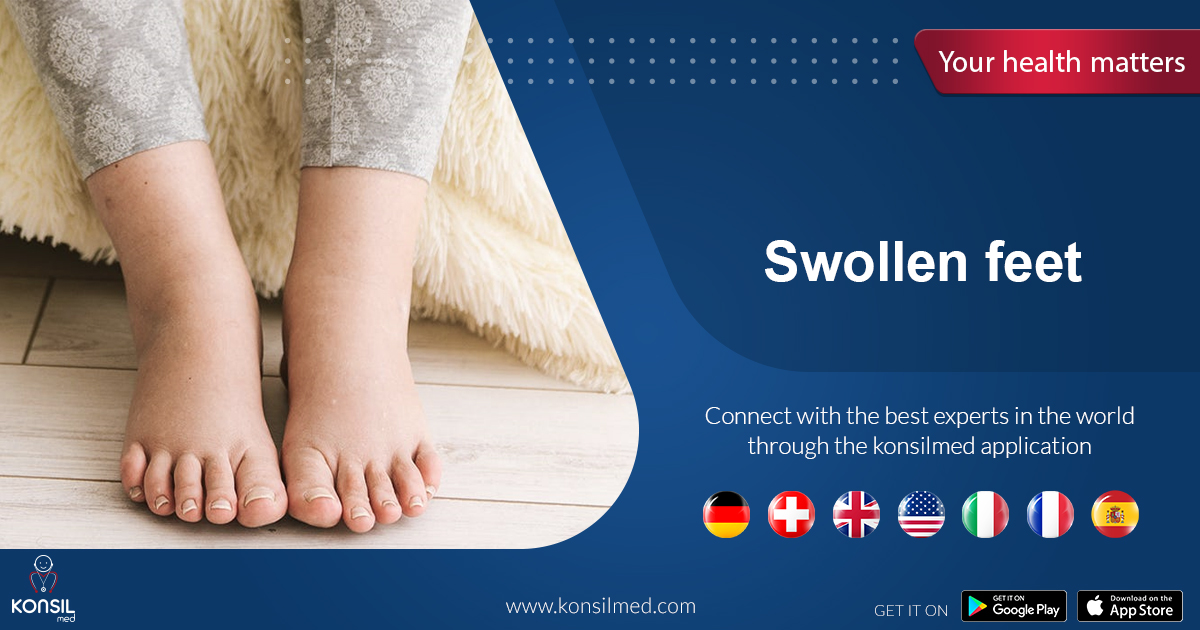
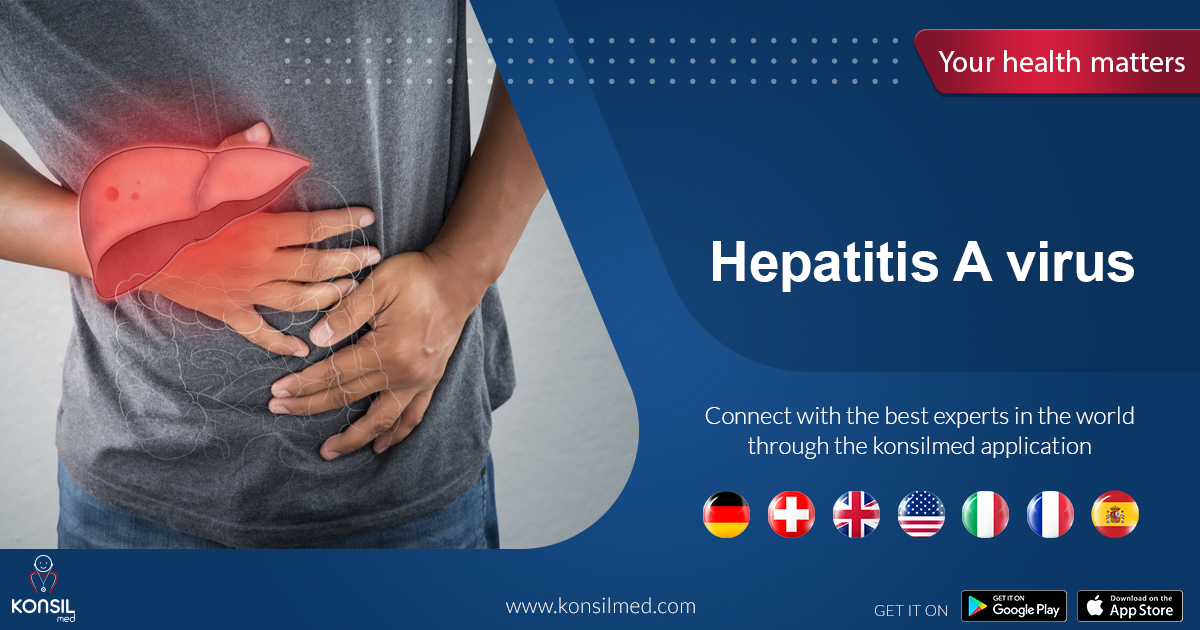
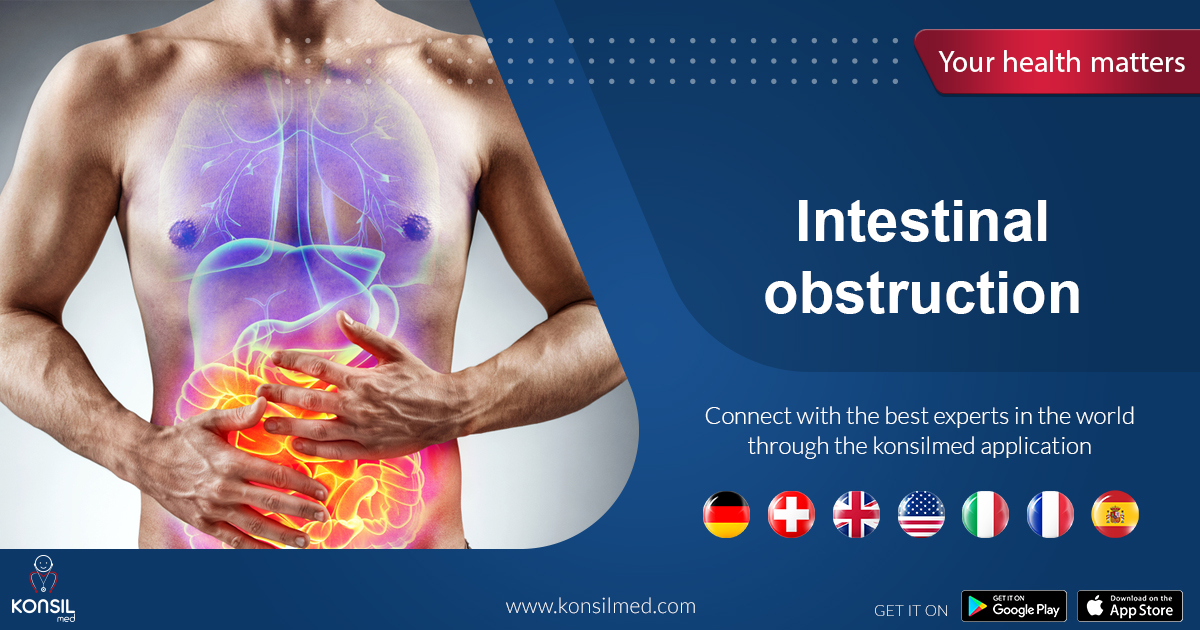
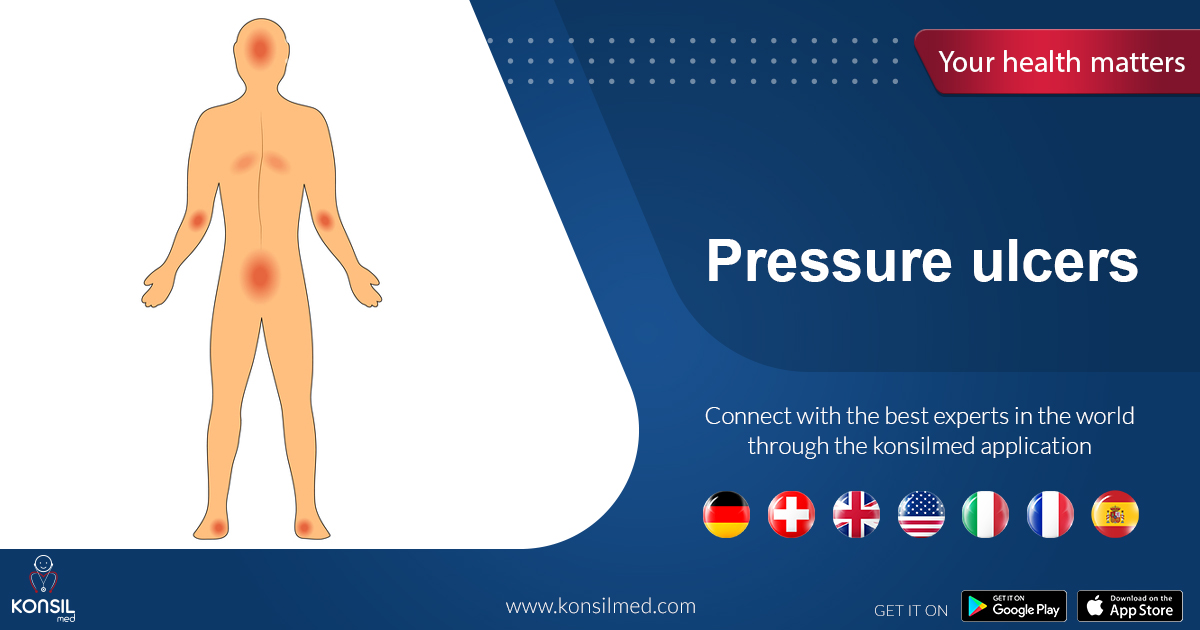
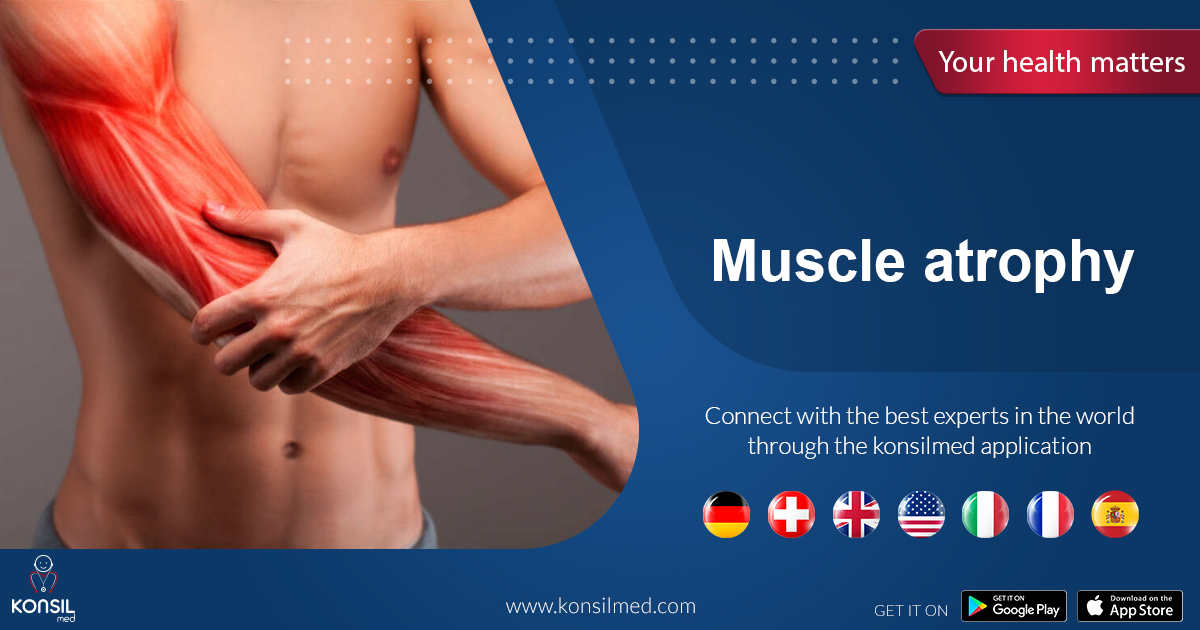

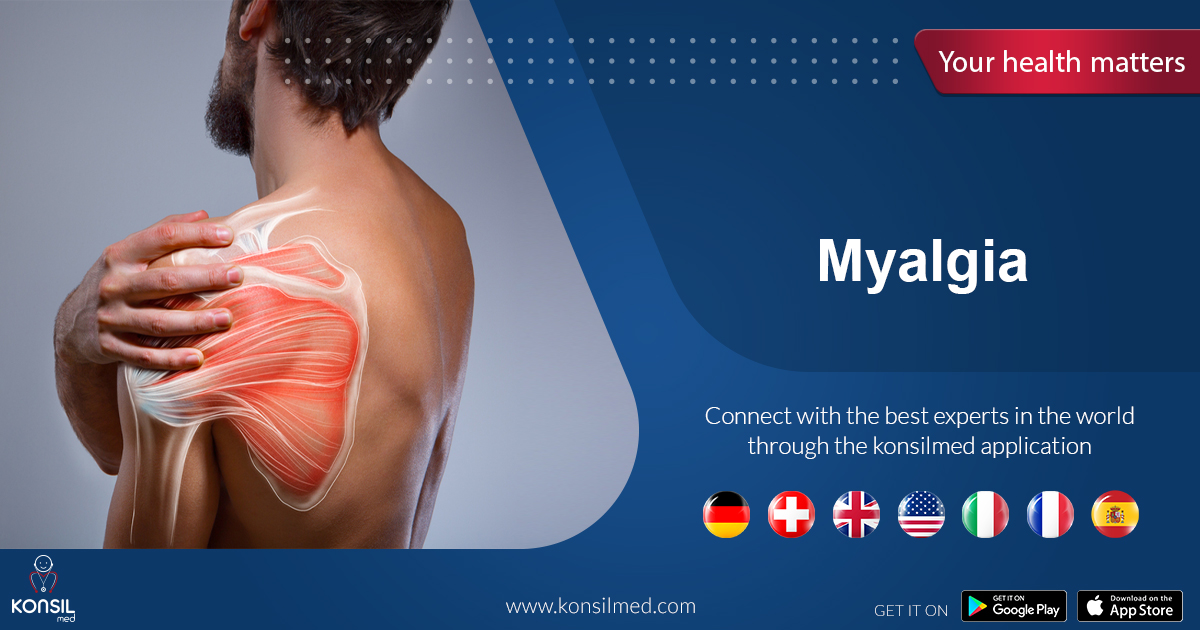

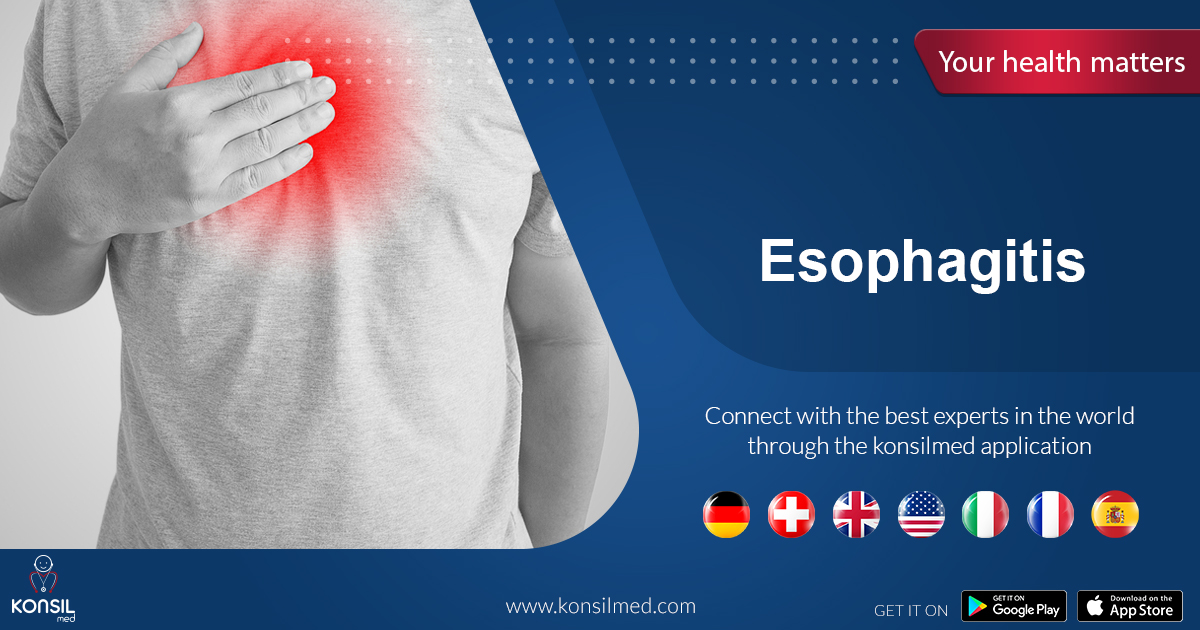
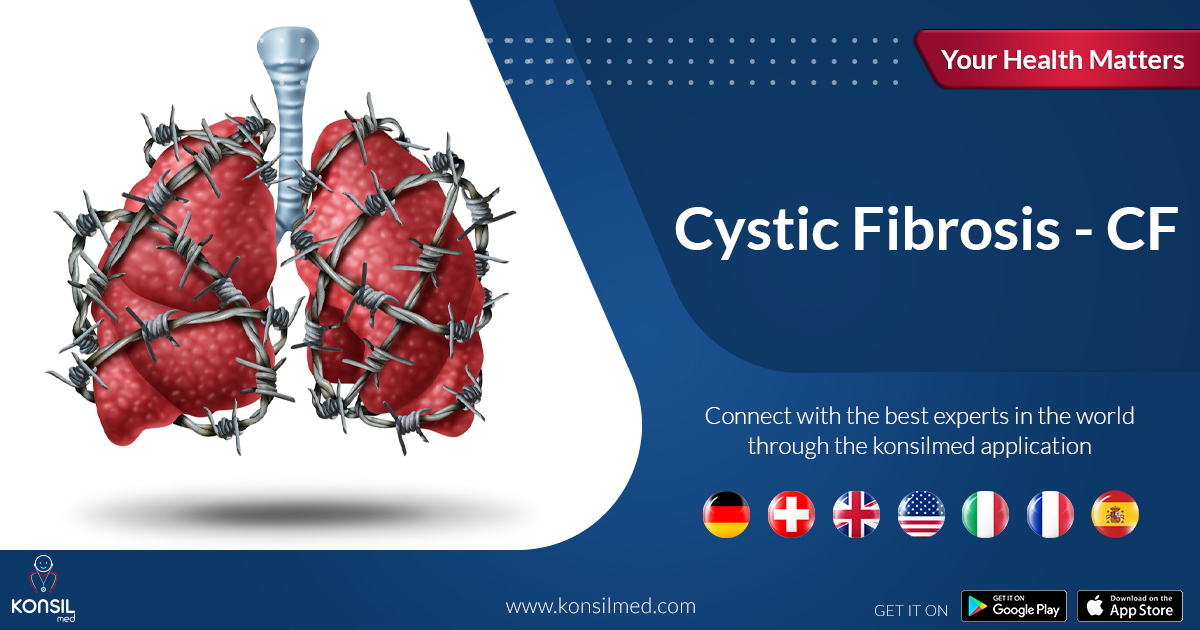
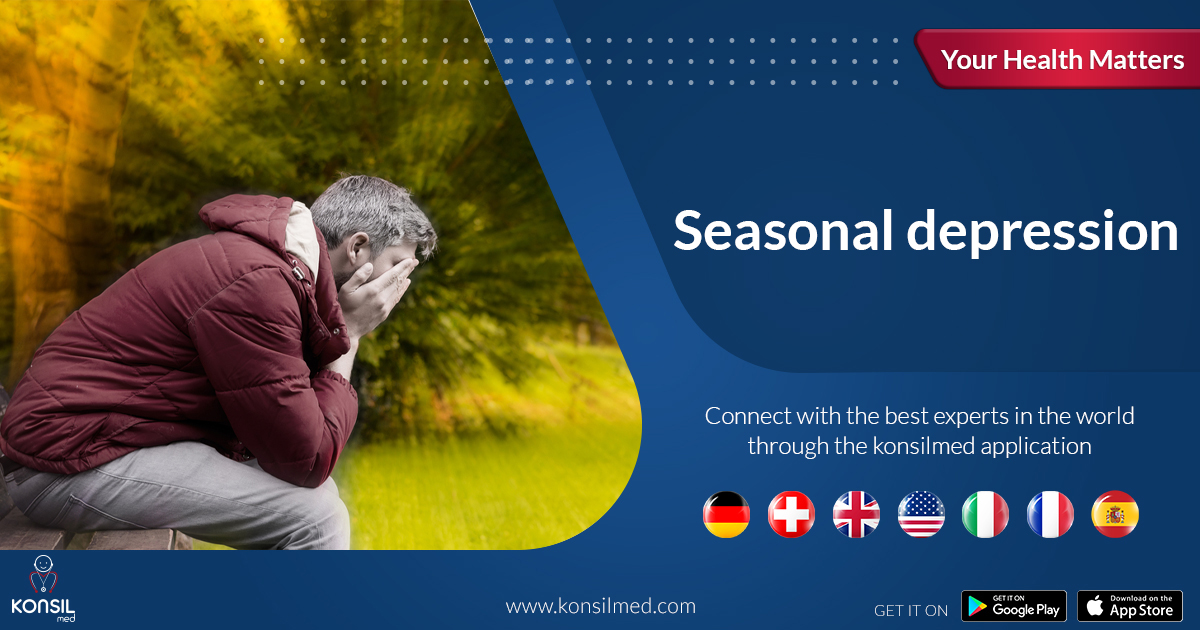

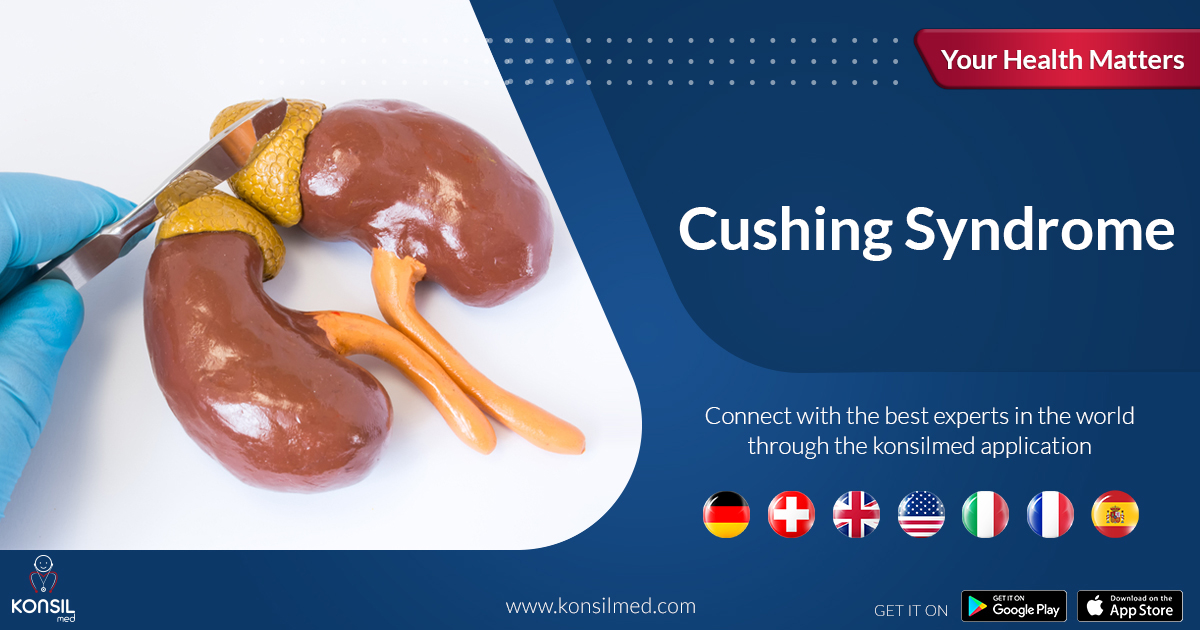
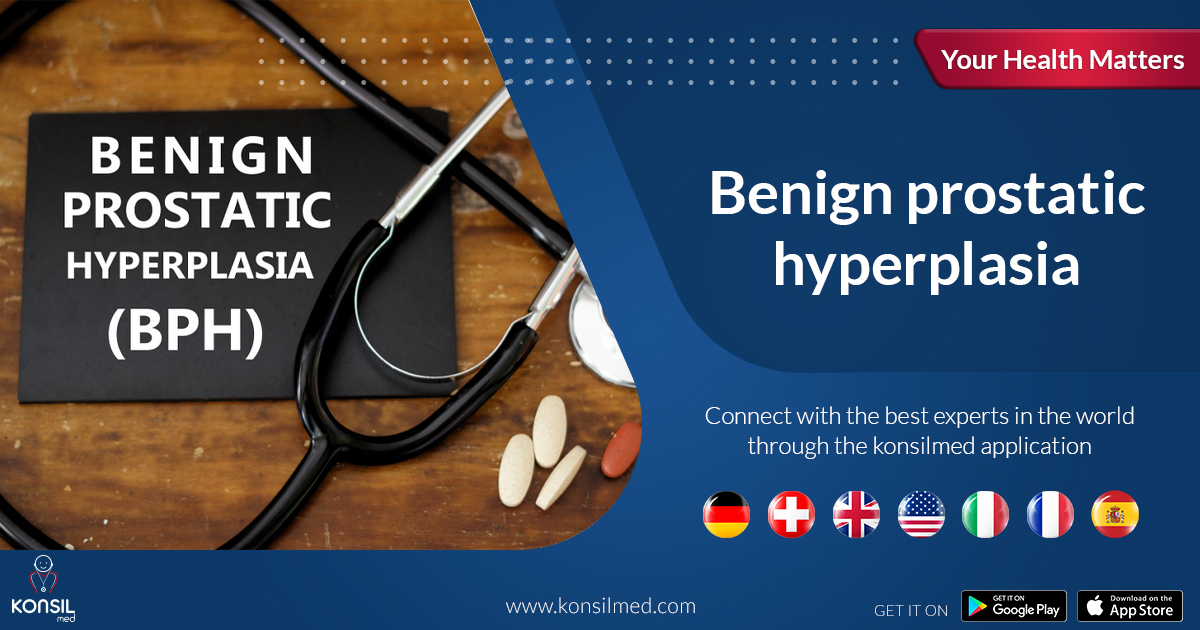

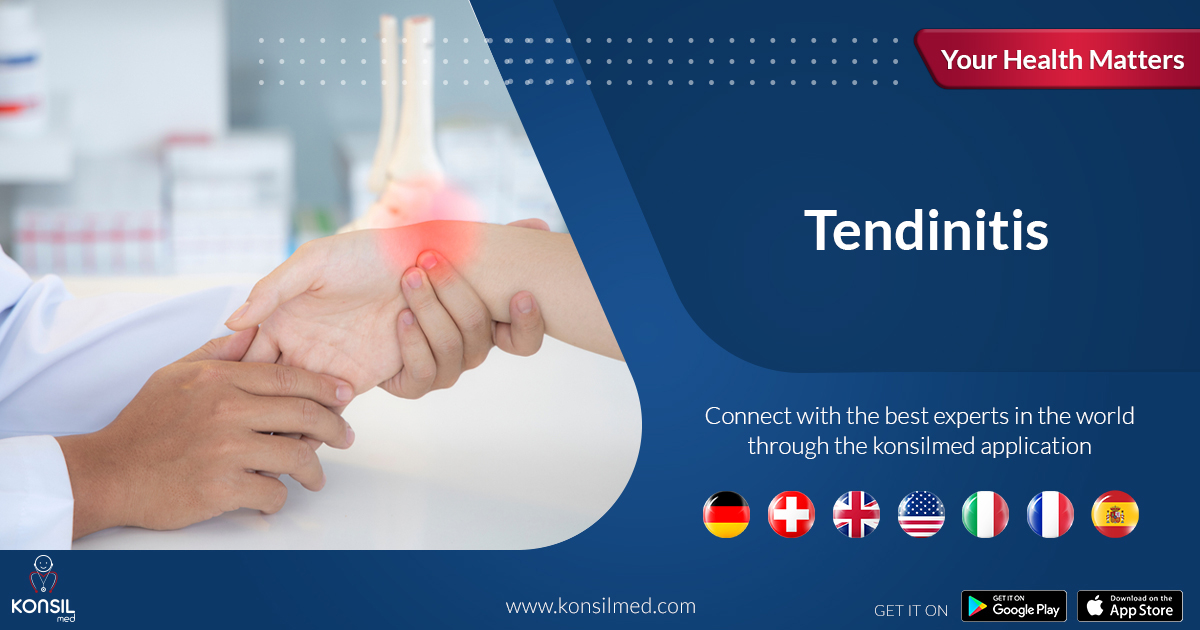
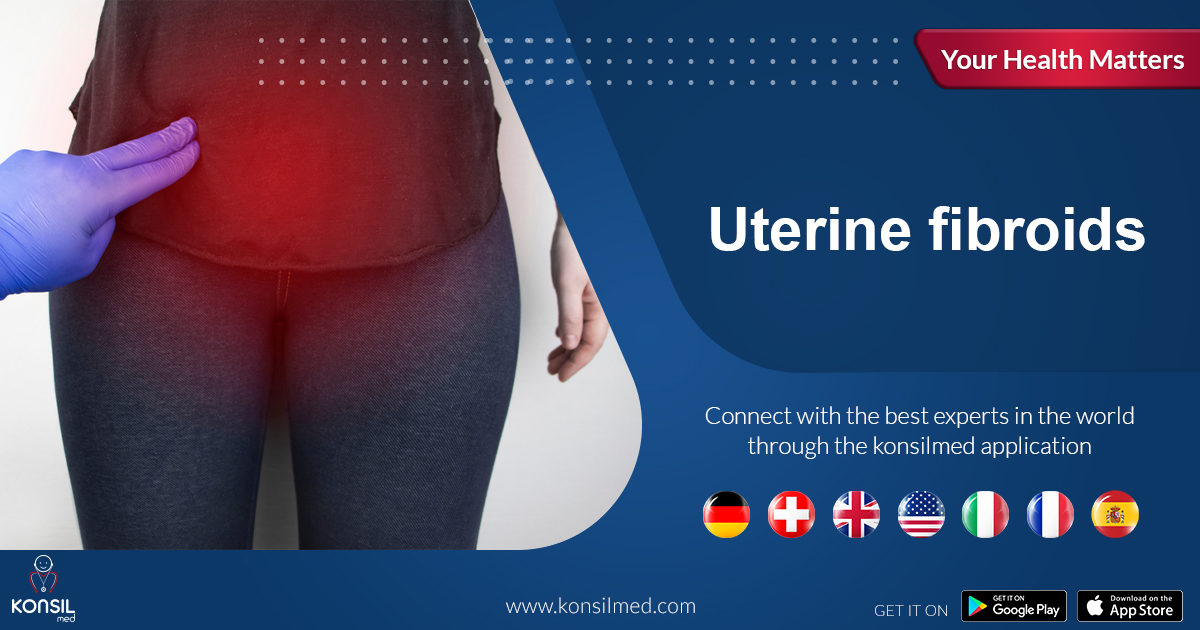
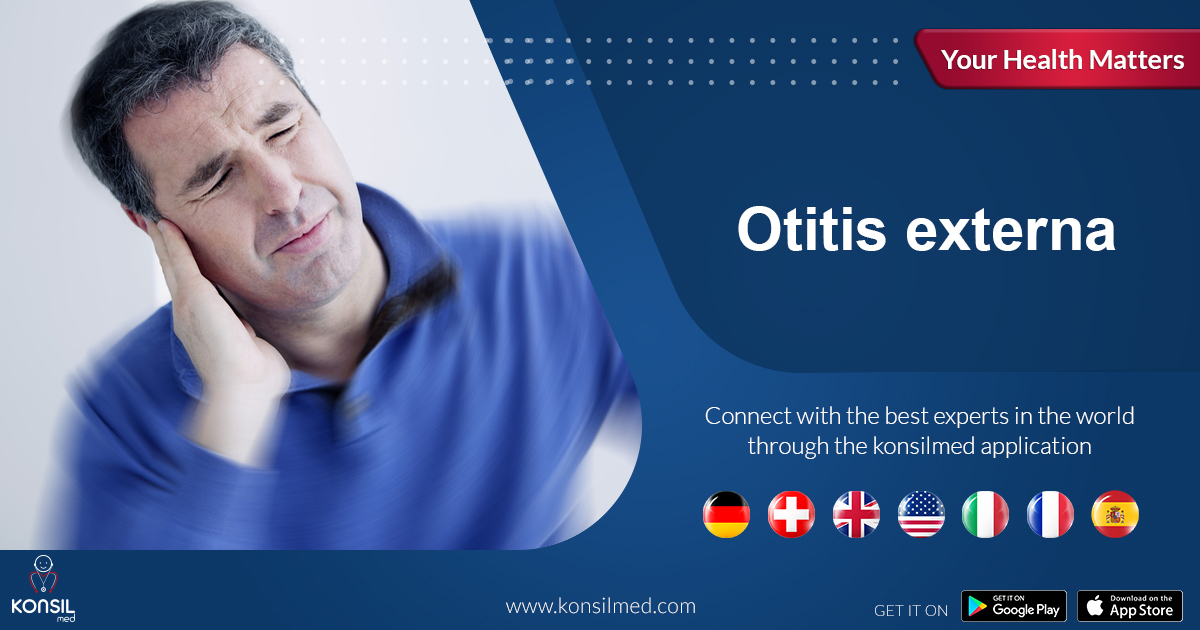
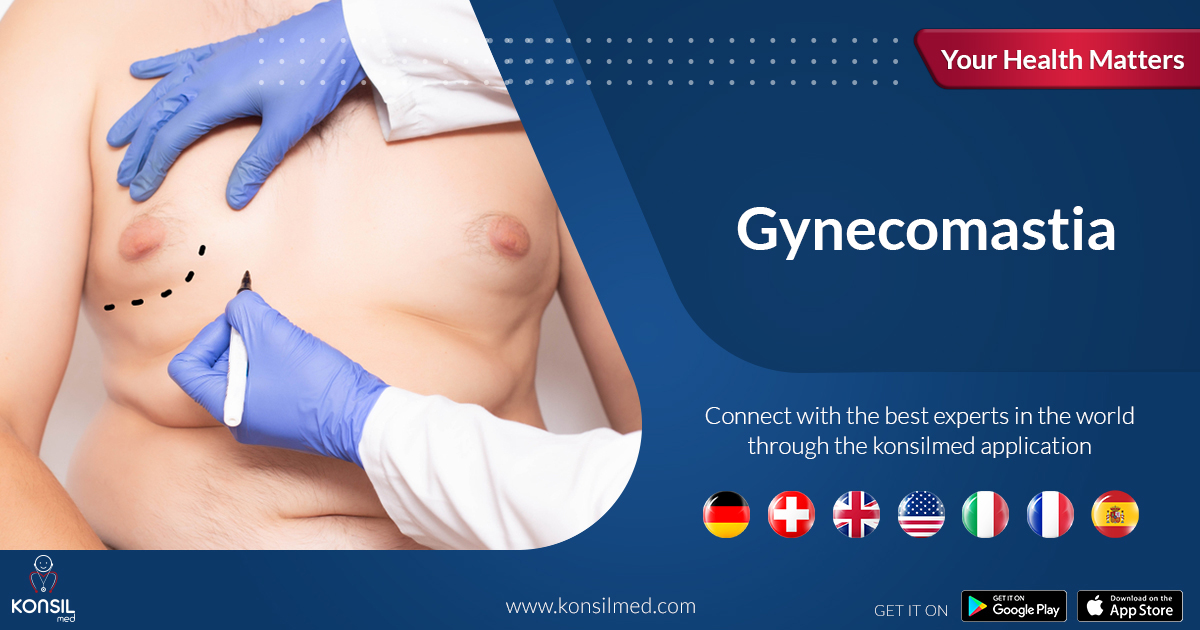

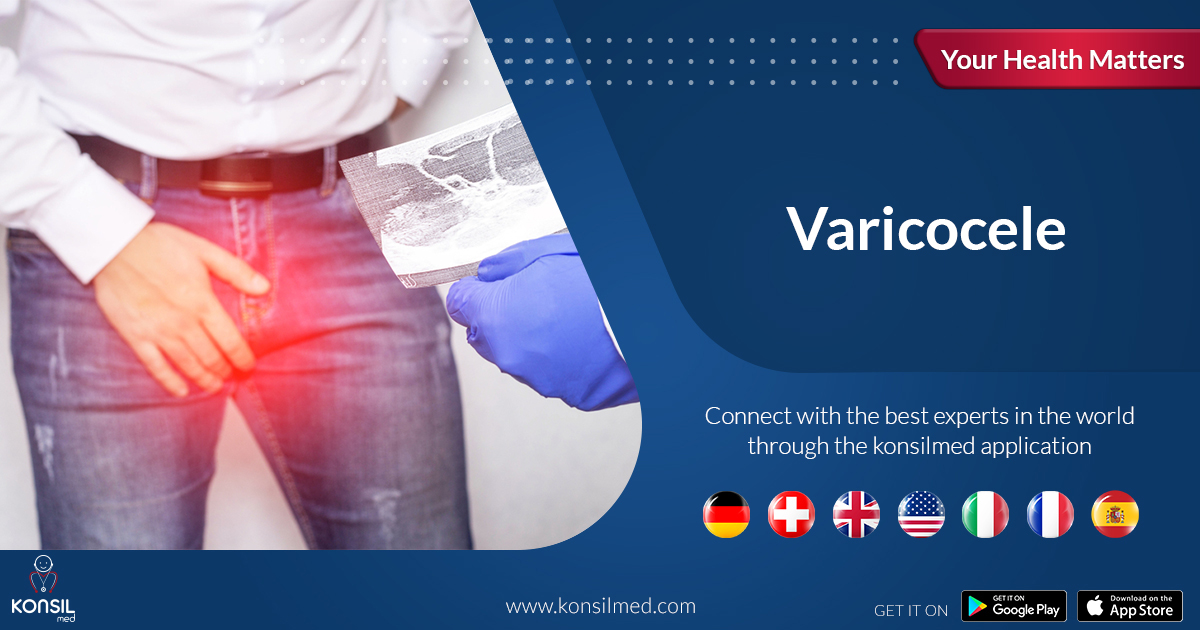
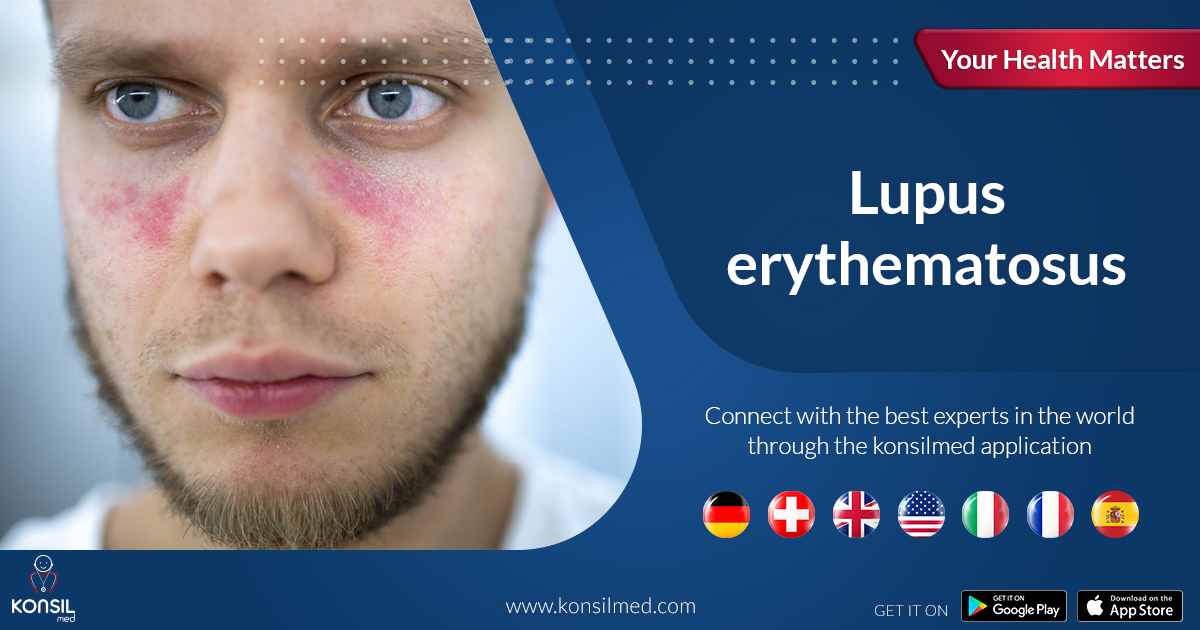

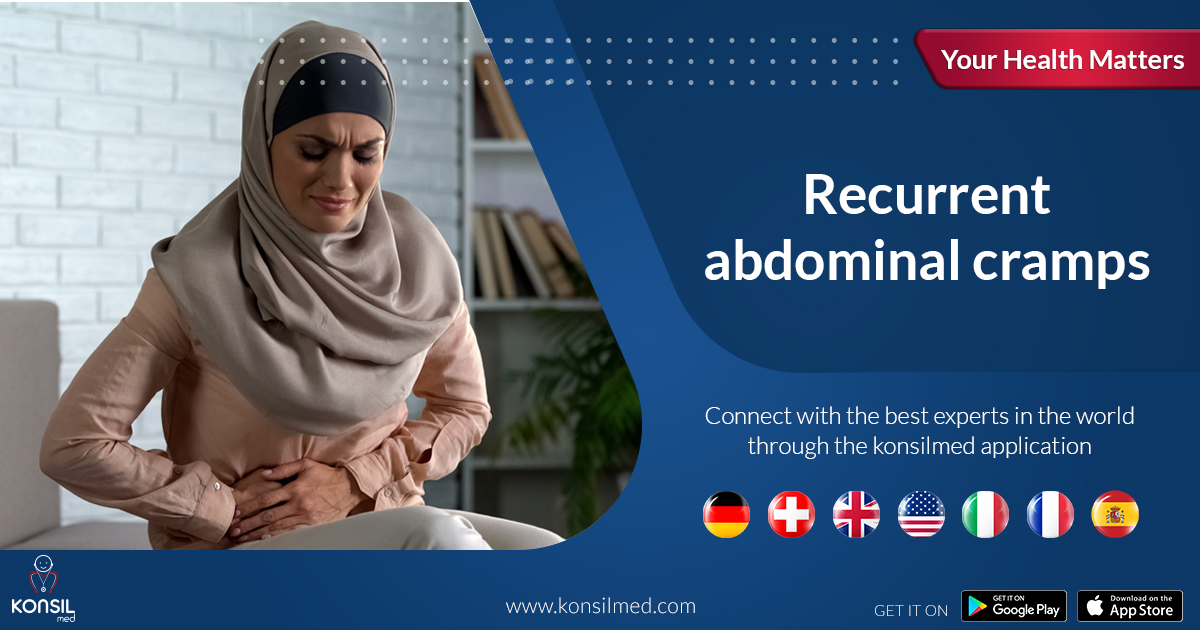

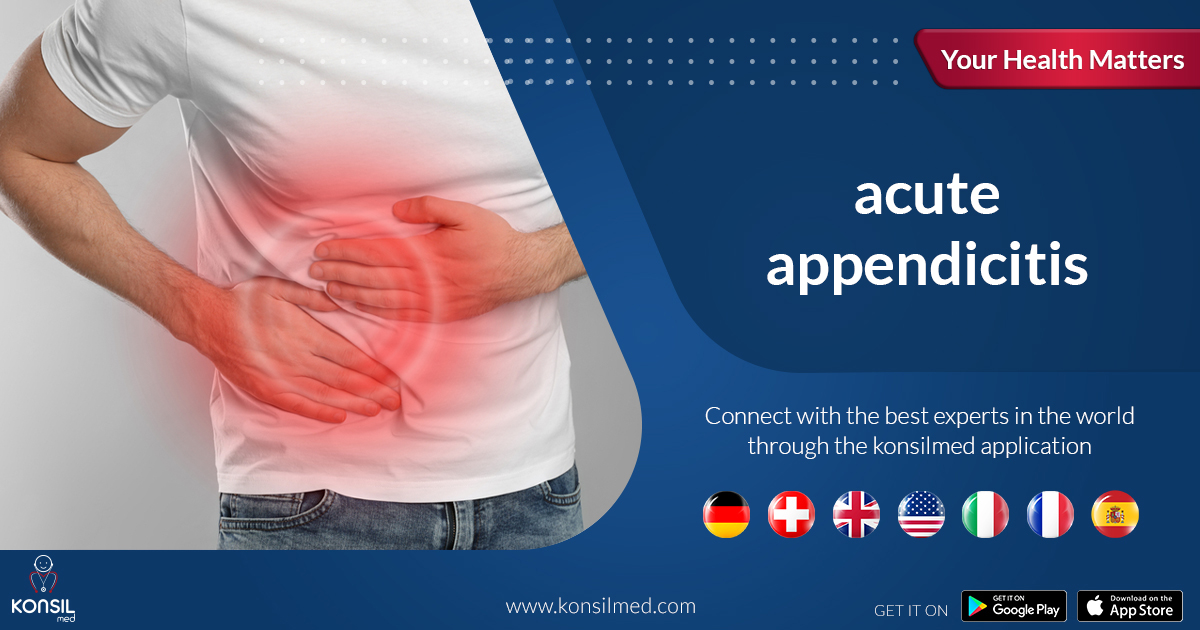





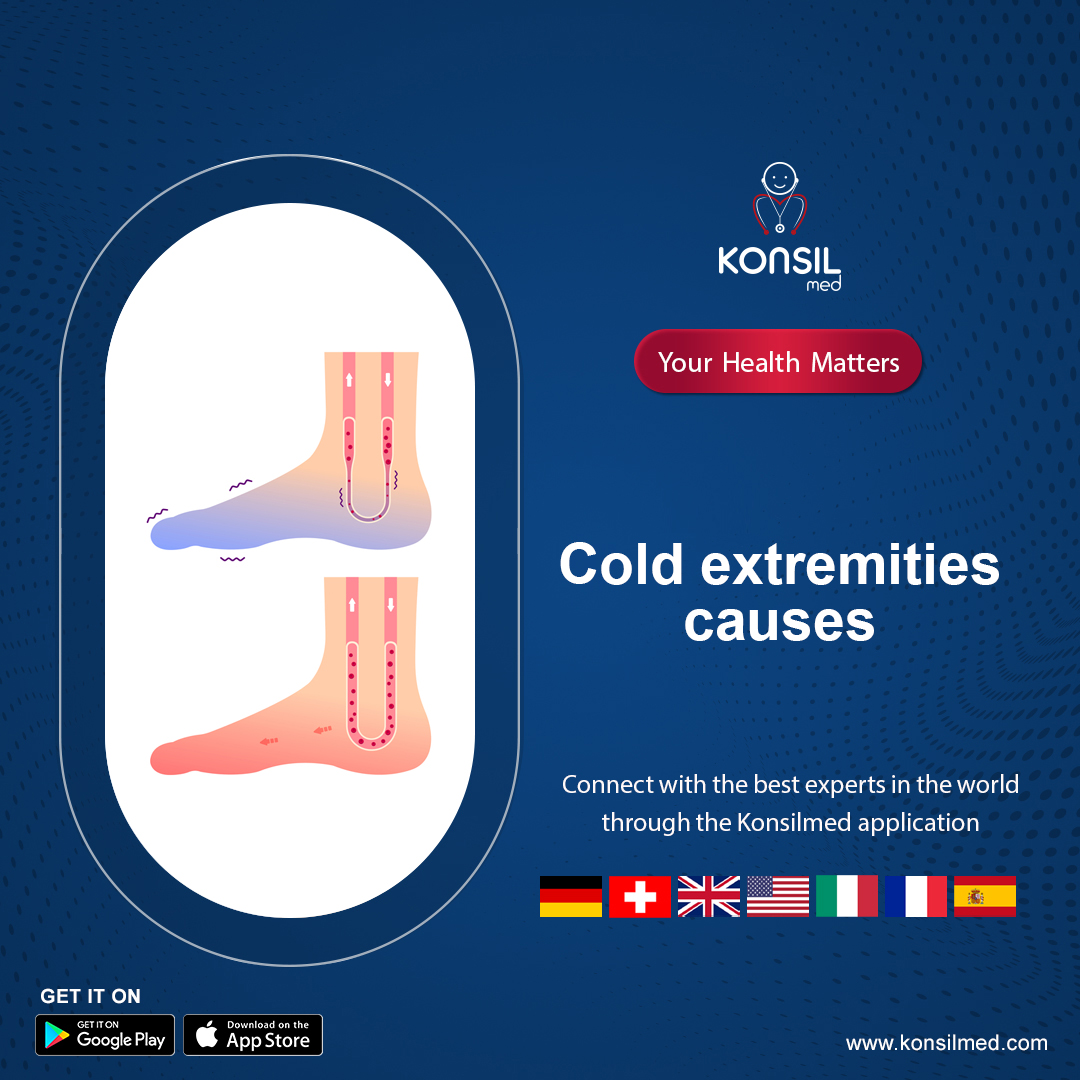
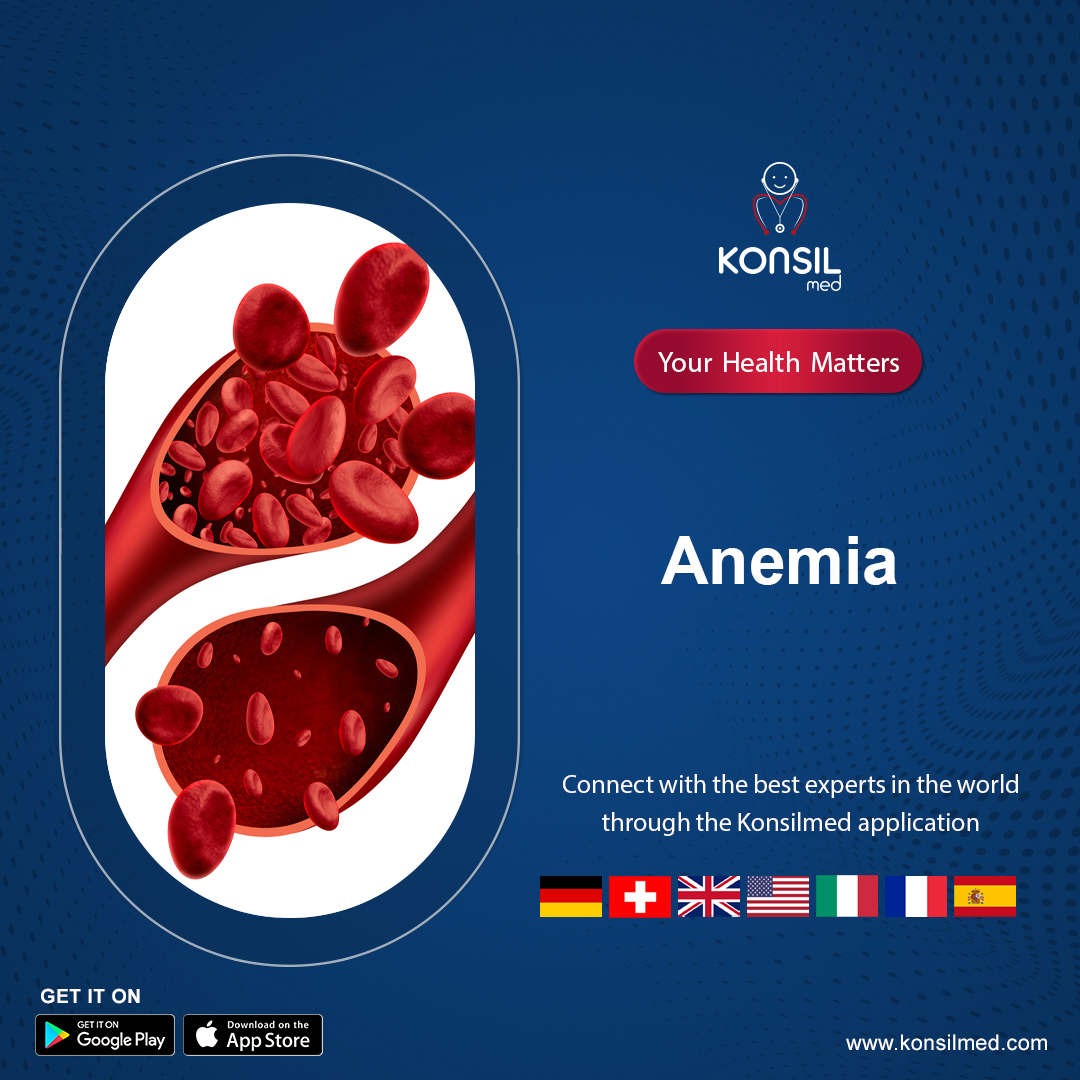





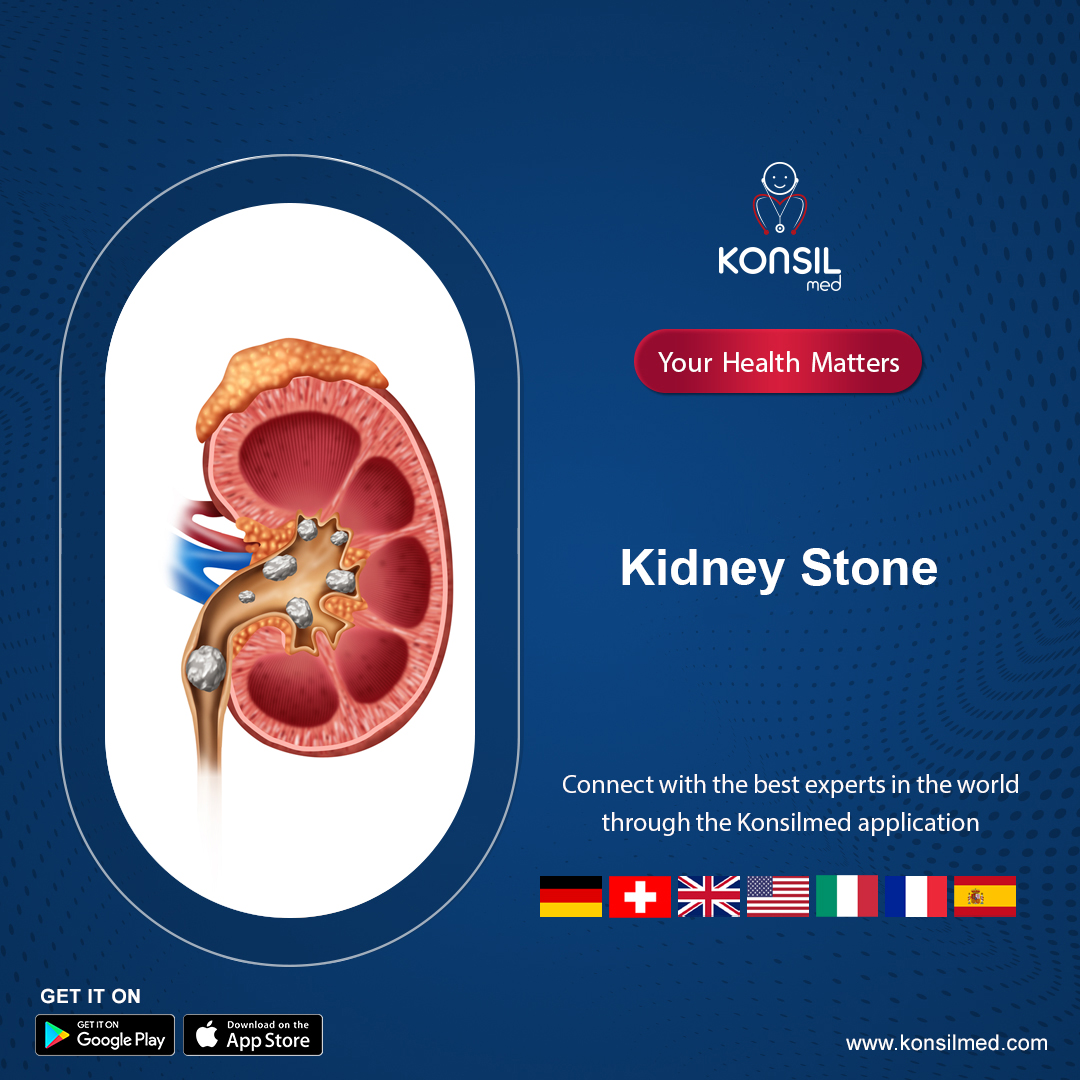
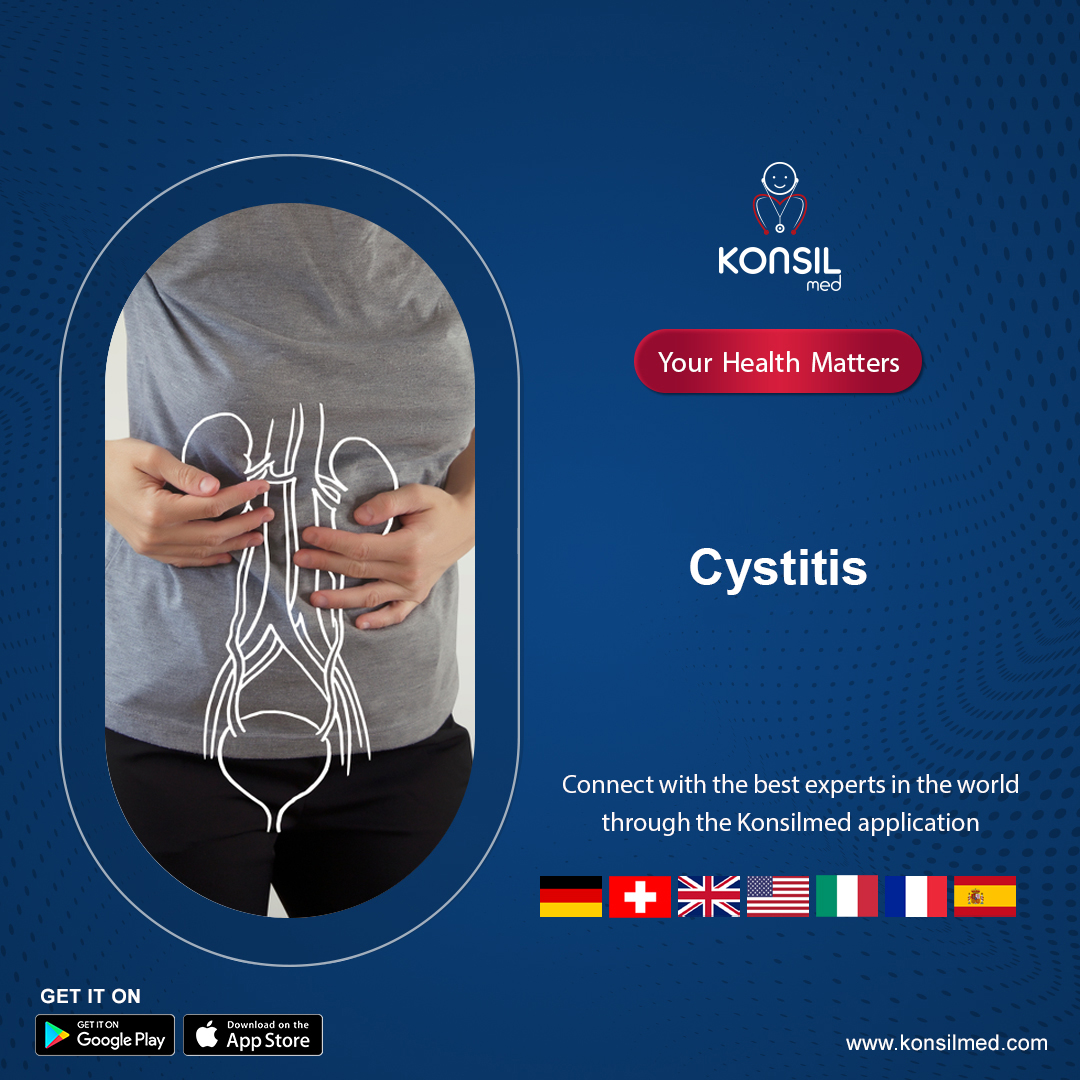






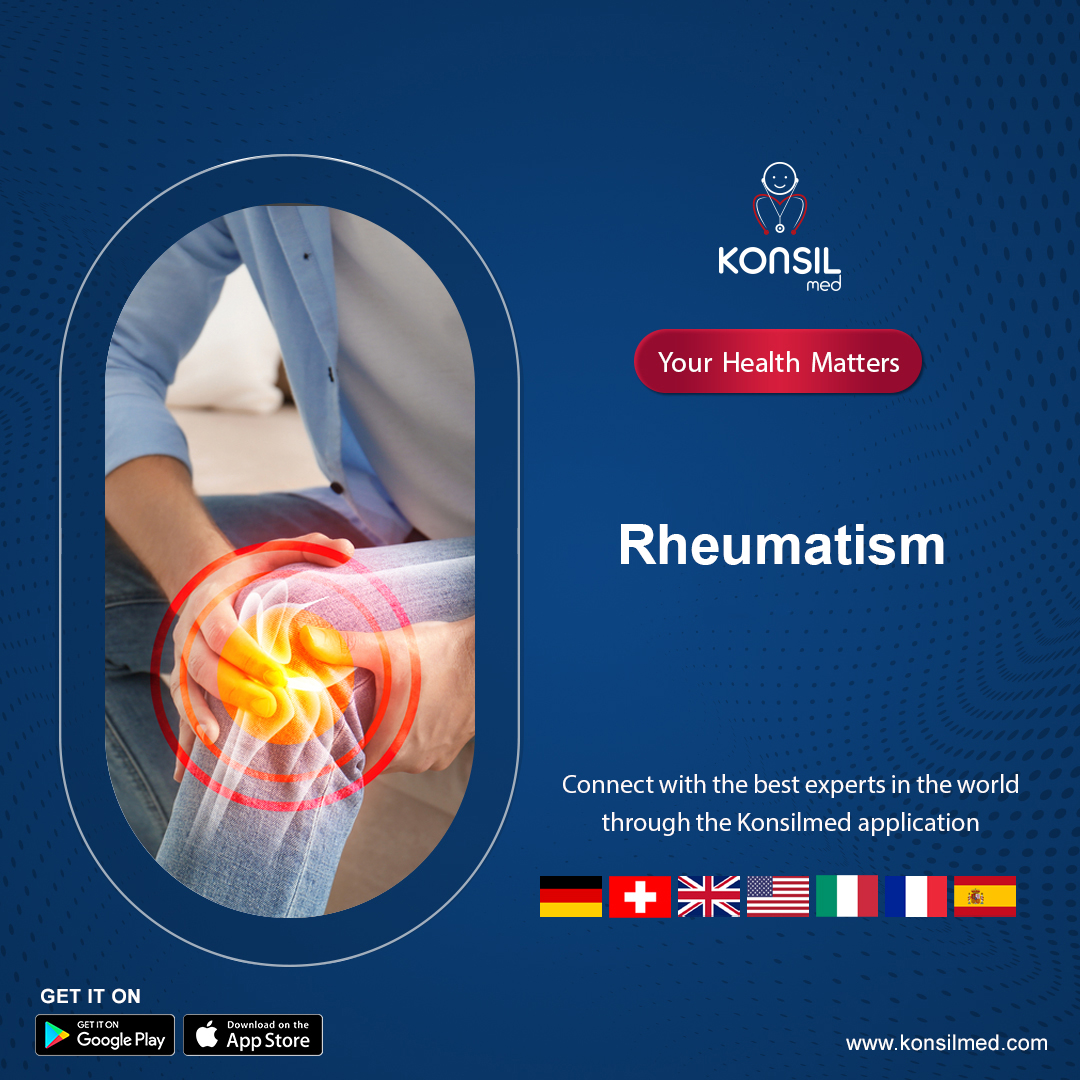


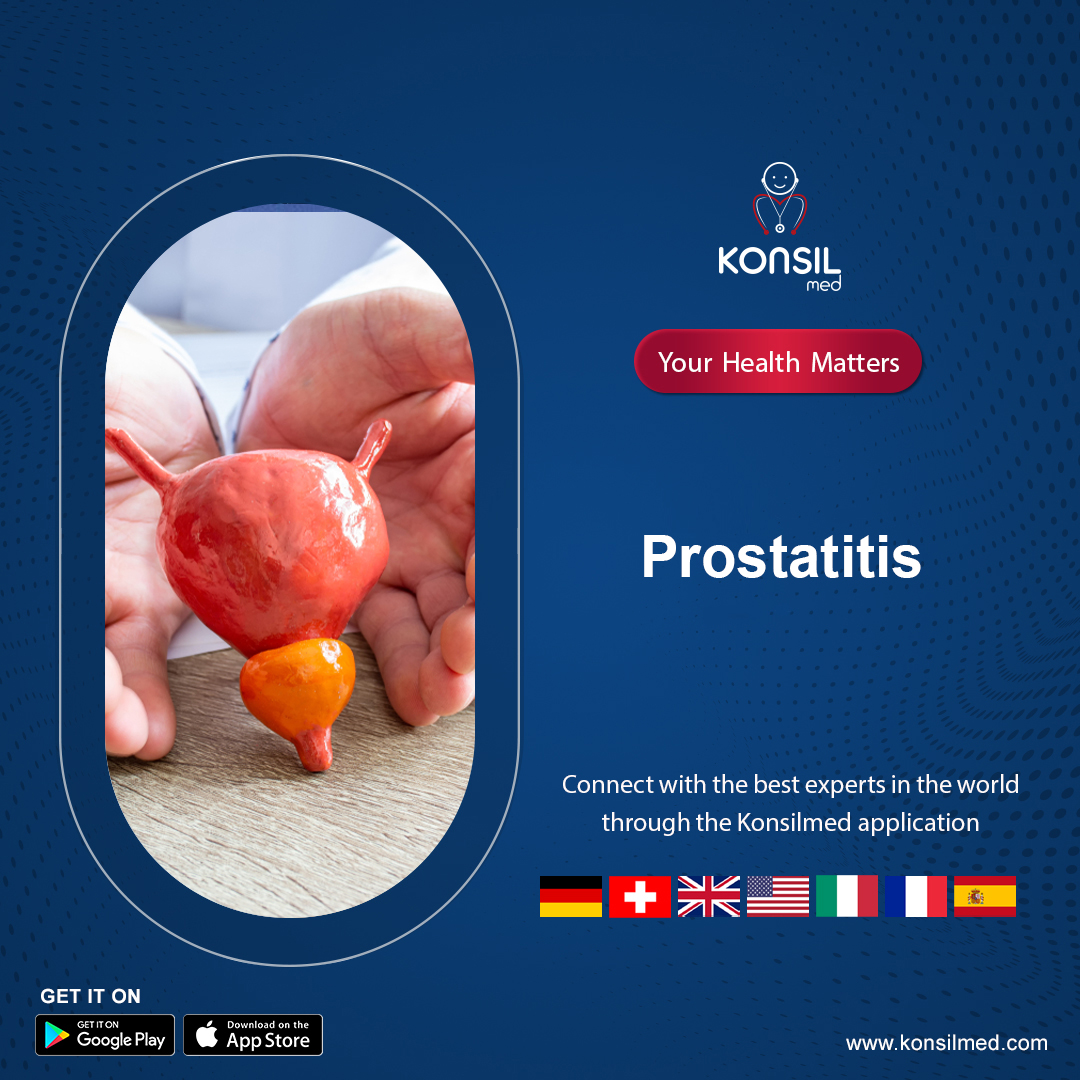

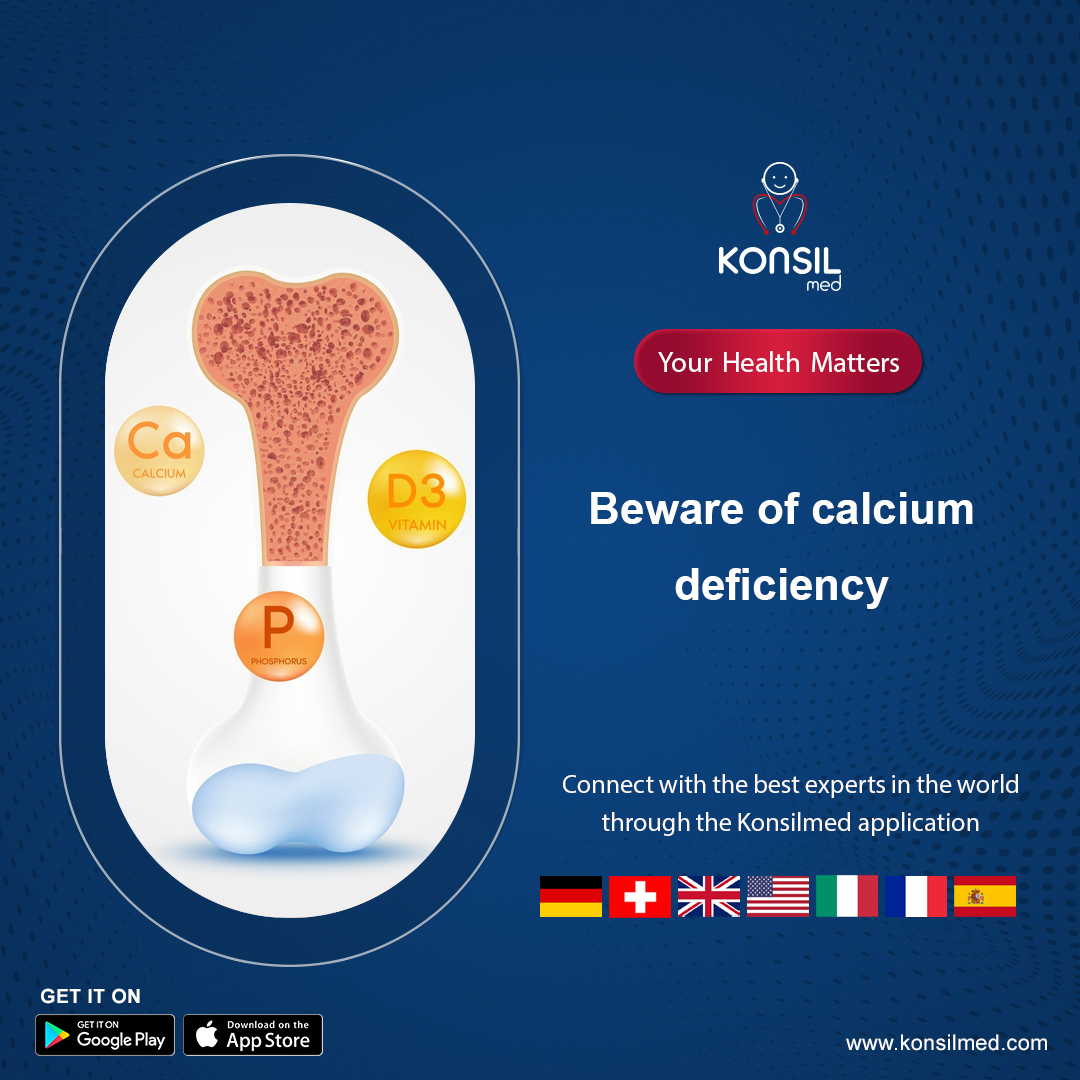

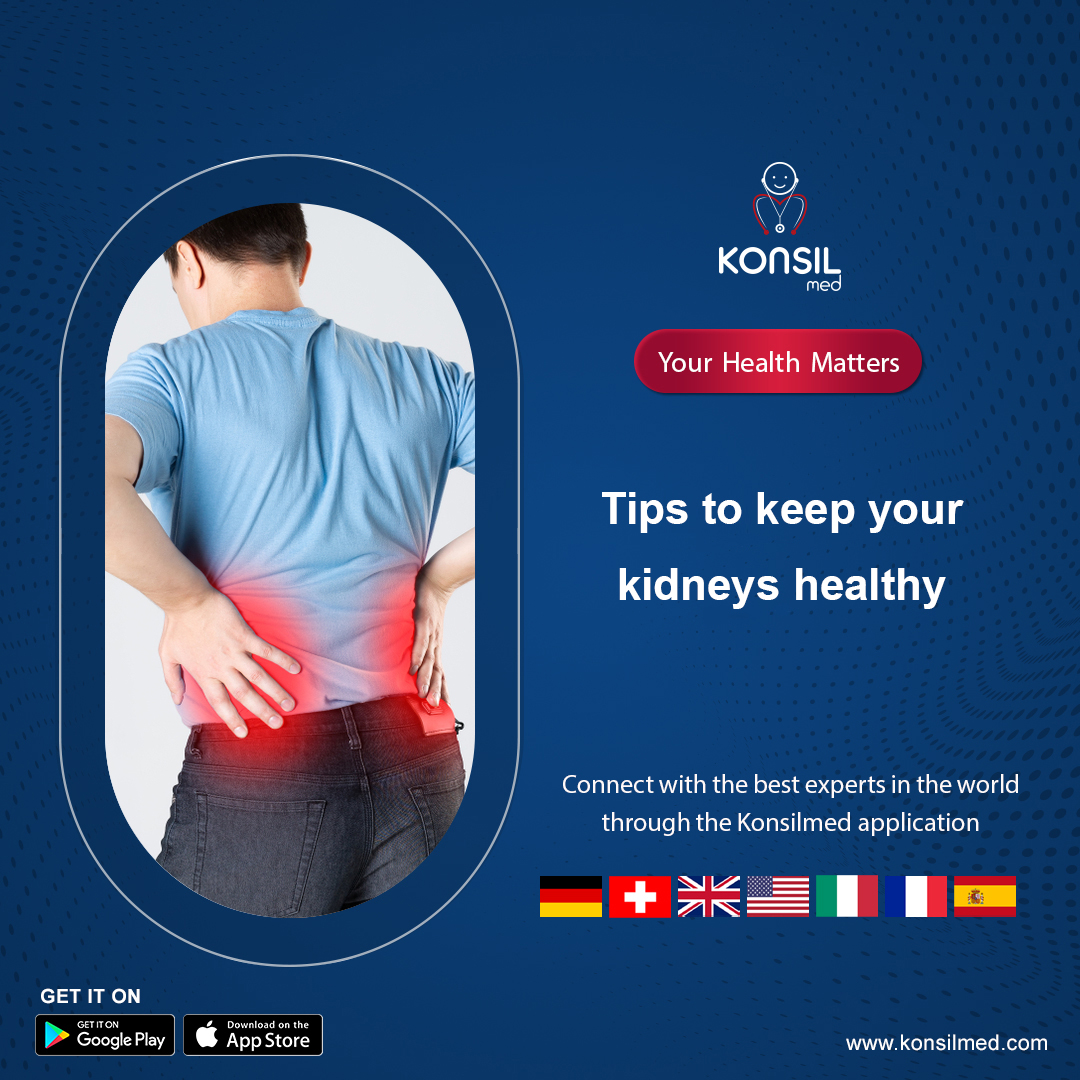
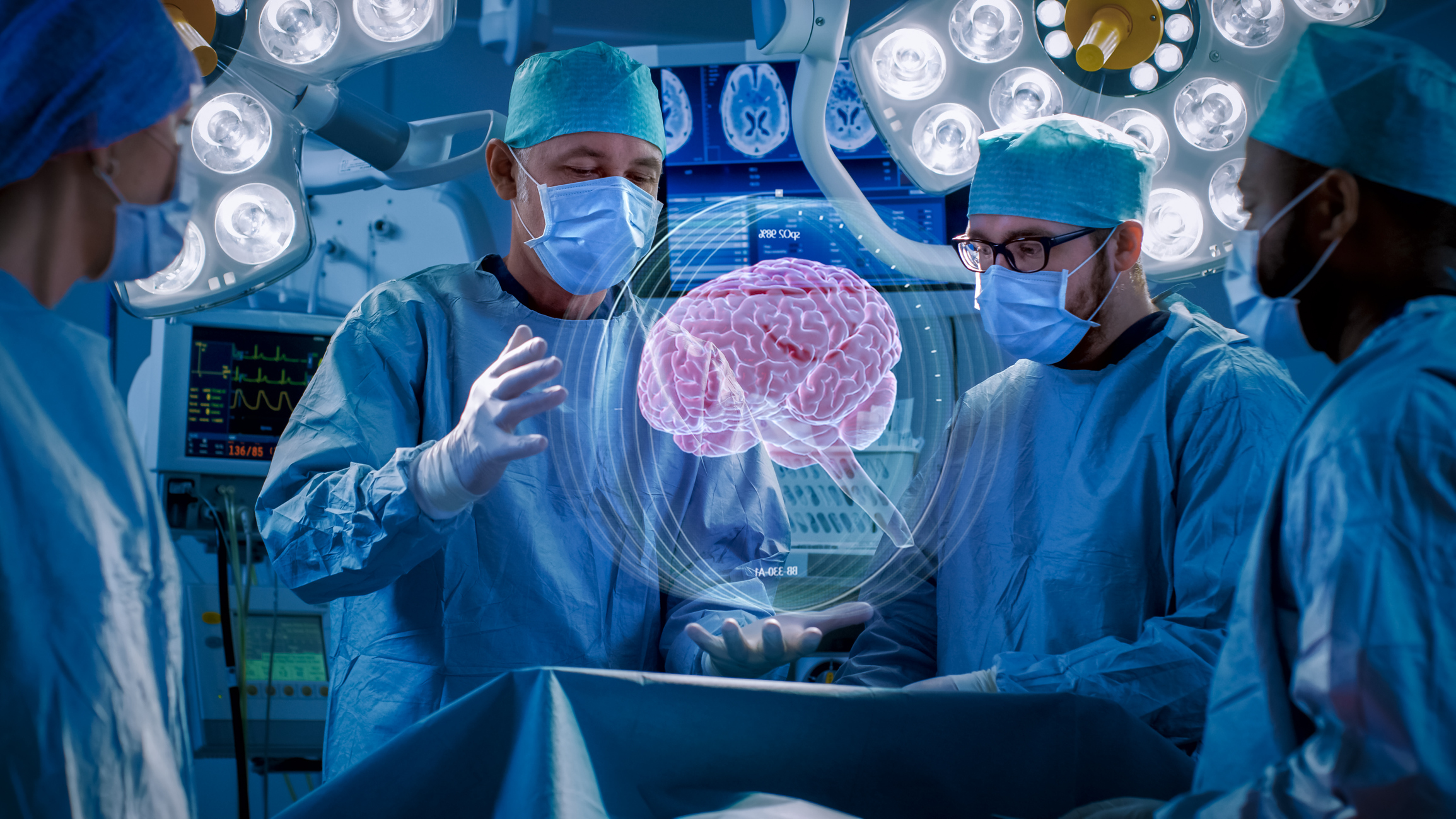
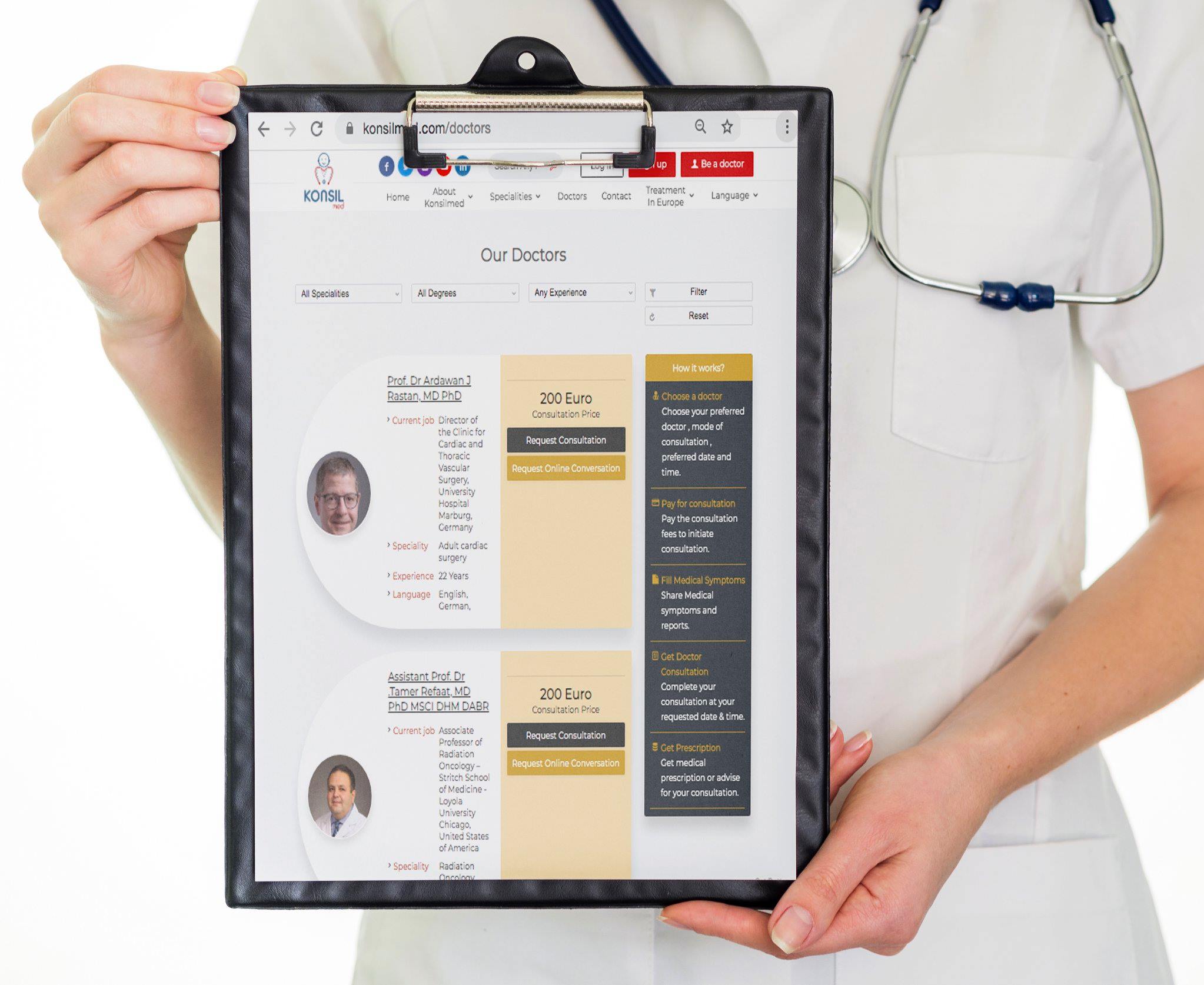

.jpg)
.jpg)